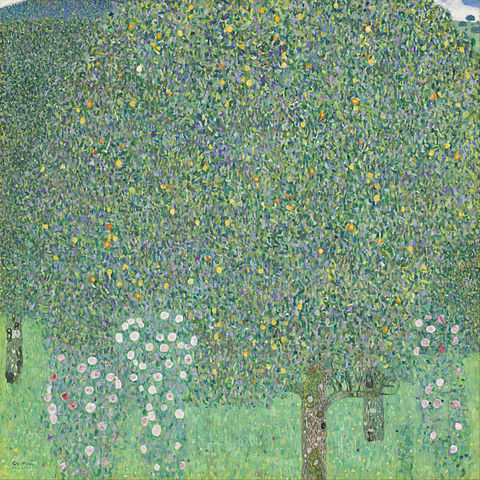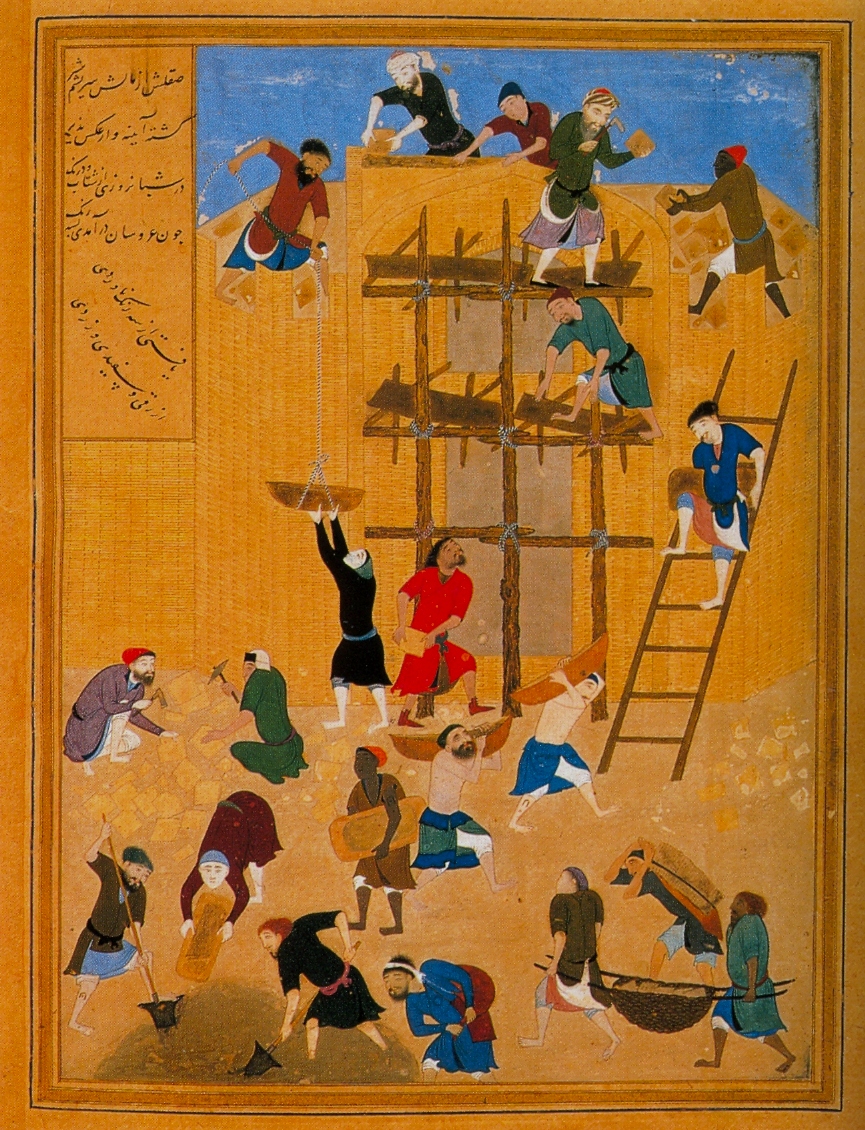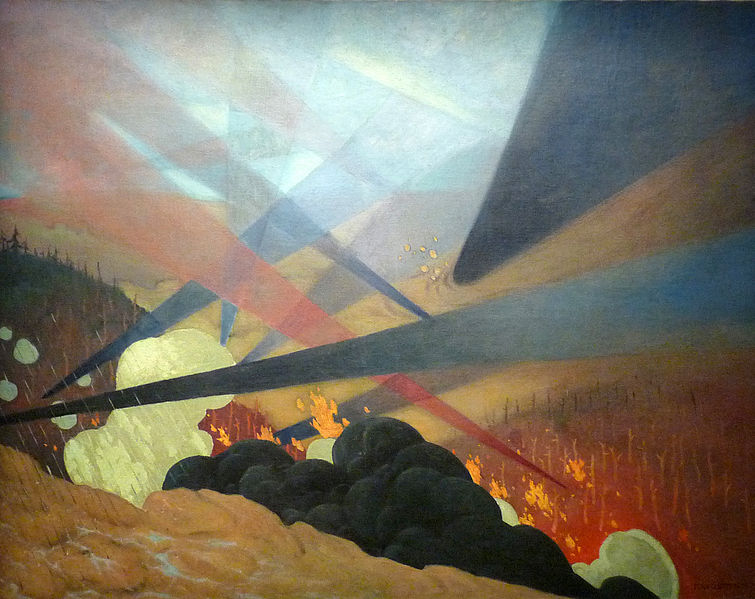Back in 2013, Taylor Marvin and Barbara F. Walter asked Where Are All the Female Bloggers? and identified three plausible explanations:
- Barriers to Entry (e.g., a PhD)
- Men are invited more often than women
- Hostile ad hominen commentary may deter women
Back in March Joe Young and I joined the editorial team here @PVGlance, and one of our tasks is to reach out to authors of recently published research that we believe will be of interest to our readers and invite them to submit a post.
I recently got to wondering about the gender distribution of the invitations Joe and I had sent along with the submission rates. So I dug into our spreadsheet and had a look. Here is what I learned:
During March – August 2015, Joe and I contacted the authors of 55 recently published research articles.
What is the gender distribution? I divided authorship into three categories: male only, female only, and mixed. Here are the invitations:
- Male Only: 71% (39 of 55)
- Female Only: 24% (13 of 55)
- Mixed: 5% (3 of 55)
I am sure you’ll agree, that ain’t awesome. I have not tried to determine the baseline given “our pool,” in part because Joe and I have never discussed what journals we would eyeball to identify potential authors to contact. That is, I am not sure what “our pool” is. Further, doing so is a bunch of work.
Regardless, even if 71% of the articles published in “the pool” have been written by men, Joe and I can do better. We clearly have fallen victim to plausible explanation #2.
But what of the submission rate? To date, 11 of those we contacted have said they would submit (or think about submitting) a post, but have not yet done so. That leaves us with 44 authors who either submitted a post or declined to do so. Fifty-five percent (24 of 44) of the authors we contacted accepted our invitation and submitted a post. We hope you enjoyed reading them.
Turning to plausible explanation #3, authors have many reasons to decline an invitation to draft a post for @PVGlance. As such, we cannot back out evidence in support of #3 from a difference in submission rates across our gender categories (to say nothing of small samples, and so on). But I looked at it nonetheless. Here it is:
- Male Only: 62% (16 of 26)
- Female Only: 45% (5 of 11)
- Mixed: 67% (2 of 3)
Recall that 55% of authors accepted the invitation. So the male only and mixed gender authors have, to date, exhibited a slightly higher rate of accepting the invitation.
What should one take from the different submission rates? It could well be indicative of the hostility women tend to confront online, or it might be small sample noise. And it may be the case that the women we have contacted have greater second shift responsibilities than the males we have contacted (which itself might be small sample, or systematic, though academic couples appear to have progress to make on that front). The reader can likely think of other possibilities I have not raised.
As for the second hypothesis, invitations is something I can impact. I plan to pay more attention to gender as I continue to scour Tables of Contents for interesting work that might make a nice post @PVGlance.








1 comment
Hello, female here, blogger, few second shift responsibilities, peering through the fence from the scholar-free zone. 🙂